We started the Becoming Series after reading Michelle Obama’s book Becoming in our book club a few years ago. We wanted to hear from women in different walks of life and how they were approaching creativity, mothering, career goals, and more. It’s been amazing to conduct these interviews and get a “behind the scenes” look at so many inspirational women!
This week, we bring you our interview with the wonderfully talented Jennifer Tran. I’ve been aware of her for a while now, and am obsessed with her work! From intricate paper flowers to the most beautiful pasta I’ve ever seen, it seems she can do no wrong. Introducing Jennifer!
Meet Jennifer Tran
Jennifer Tran is an artist and the founder of Papetal. She is best known for her work with paper flowers, which is encapsulated in her book Flowersmith, A guide to handcrafting and arranging enchanting paper flowers. After years of collaborating with fashion clients, (e.g. Hermes, Gucci, Daniel Wellington, Anthropologie etc.), she took a break from the flower world to explore new mediums.
In 2021 and completely by chance, she stumbled across pasta making and discovered the limitless possibilities of flour, water and salt. Jennifer Tran’s pasta is the expression of her love for colours, textures and forms; and is the culmination of her experiences in flower making, botanical illustration and painting. Her pasta designs are like her flowers; enchanting, whimsical, playful and most of all, imaginative.
What do you consider yourself? Example: Artist, designer, illustrator, maker, business person, educator, etc.?
I’m a maker of all things practical and accessible. I enjoy designing and making pretty things that everyone can appreciate, make and enjoy. With pasta, the materials that I use can be found anywhere. And I pass on the techniques on Instagram, so that everyone can have a go as well.
Where did you grow up? Were there aspects of your childhood that have influenced what you do now?
I grew up in Hanoi, in an artistic family. My father was an actor, who loved taking me to all his events. If he was shooting a movie, I would be sitting behind the cameras pretending to direct. If he was performing on stage, I would be sitting backstage chatting up with his crew. I grew up in a world filled with colours, lights, cameras and actions. I performed quite a bit as a kid and had always wanted to be performer with an audience as big as my father’s.
When I came to Australia at age 19, the dream of being a performer did not eventuate as English was a struggle. So I turned to visual arts as another form of expression. I was trained as a sculptor & installation artist at The University of New South Wales, with an Honours first class. I used light as a sculptural medium and produced mainly light installations, which worked out very well for me, academically.
But I had very limited audience because what I used to make could only be appreciated in a gallery context. After graduating, I had a change in artistic direction; I wanted to create for everyone and not just the selected few. With this goal in mind, I turned to other mediums that were more accessible such as paper, and now flour, water & salt. And I sought a bigger audience through social media.
What is one piece of work that you are especially proud of and why?
My book, Flowersmith, which I had put a lot of work and a lot of love in. I wrote the manuscript, made the flowers and took all the photos myself, within 3 months. During that time, I slept for about 3-5 hours a day, struggled to eat due to stress but did not miss a single deadline. I went at it with the strength and the spirit that I had never seen in myself before. I am proud of the commitment and the determination that I had displayed during the production of my book.
Your recent work with pasta is blowing us away! Can you tell us more about it, and how you transitioned from working with paper to pasta?
It was unplanned. During Sydney’s 16 week lockdown in 2021, I wanted to make a care package to send to my family as I couldn’t see them. While I was looking for ideas, I saw my friend’s beetroot ravioli on Instagram. I was so surprised as I had never seen red pasta before. I wondered what other colours of pasta there were, so I started searching. One thing led to another, I began to experiment with my own recipes, and was so surprised by the similarities between paper and pasta.
In my book Flowersmith, I showed readers how to use turmeric and paprika to make pollen. In pasta making, I am able to use these spices, along with a number of superfoods to colour my dough. Besides materials, I have been using the same design principles in both my flower making and pasta making. When you scroll through my Instagram, you’ll see the common threads in colours and compositions.
Where do you find inspiration for new creations?
I find inspiration in textiles and fashion design. I actually got the idea of making plaid pasta from a friend who teaches fashion design. He commented on the similarities between one of my earlier experiments with patterns from the 70s. So I started looking into textiles and have been able to apply some of what I’ve learnt into pasta making.
What artists and creatives do you look up to, both historical and present?
I look up to Benja Harney of Paperform, for his inventiveness, skills and style. I also admire the designs of Beci Orpin and Alice Oehr.
What books, movies, shows, or music are making you excited these days?
Definitely live music, or what to expect of it in 2022. I love heavy metal but missed out on both Iron Maiden and Metallica’s concerts during the pandemic, so I look forward to their return to touring, hopefully in the near future. I will also be going to as many live concerts as I possibly can.
What is a piece of advice that you have carried with you and who is it from? Do you have a personal motto?
“Making art makes art” is a piece of advice from my mentor at University, which I have carried with me throughout my professional career. It’s a reminder that while it’s important to dream up new ideas in my head, I need to physically interact with my materials, cutting, moulding, mixing, joining and shaping them. For instance, with pasta, it’s through various experimentations with superfoods that I discovered new colour mixtures; colours that I wouldn’t be able to see just by thinking about them.
How do your surroundings influence your work?
My partner is a valuator and my closest friends are scientists. They’ve taught me how to approach both art making and problem solving methodically. For instance, when I was writing my book, I had a bit of struggles with Dahlia. So I dissected a real flower to examine the layers and how each petals were joint. It was this scientific approach that allowed me to create my perfect dahlia at the time.
What is a typical day like for you?
I have a day job in research infrastructure, so I have my 9-5 like most people. Before I start work each day, I would spend about an hour sketching up new pasta making ideas in my diary. I only get to make stuff on Sundays. On those days, I wake up at 5:30am, jump into my water rower, shower then breakfast with a piece of cake and Vietnamese coffee. After loading myself up with sugar, I would go right into preparing pasta dough, which usually takes me through to lunch. Then the rest of the day is
just playing with colours and patterns. I try to finish cleaning up by 6pm, so I can spend the rest of Sunday with my partner.
Do you have a secret talent? Is there a skill that you are working on?
I haven’t discovered my secret talent yet. The one skill that I’m working on is speed. As my pasta designs are consisted of multiple layers, which dry out very quickly when exposed to the air. If I don’t work fast enough, the whole design would dry out and all the time and materials would be wasted. I’m okay with wasting time but feel quite guilty when I have to dispose of pasta dough. So my goal is to practice and practice until I work faster than the speed of my pasta drying.
Nobody likes to talk about it, but can you share any advice regarding financing your business?
Be on top of your expenses. When I was running my flower making business, I kept an Excel spreadsheet for everything, so I knew how much I had spent, how much I needed to put aside for tax, how much to reinvest in the business and how much I could put away for that dream holiday etc. Knowing my expenses kept me out of debt, and allowed me to price my work correctly.
Is there anything more you would like to “become?”
I just want to learn to take it easy and stop being stressed out about the little things.
What is your long-term goal? or What do you hope to accomplish within the next 10 years?
I don’t have a 10 year plan for my creative life, I only take things as they come.
Where to find Jennifer:
You can see Jennifer’s work on Instagram as @Papetal
You can find Jennifer’s paper flower work in her book, Flowersmith



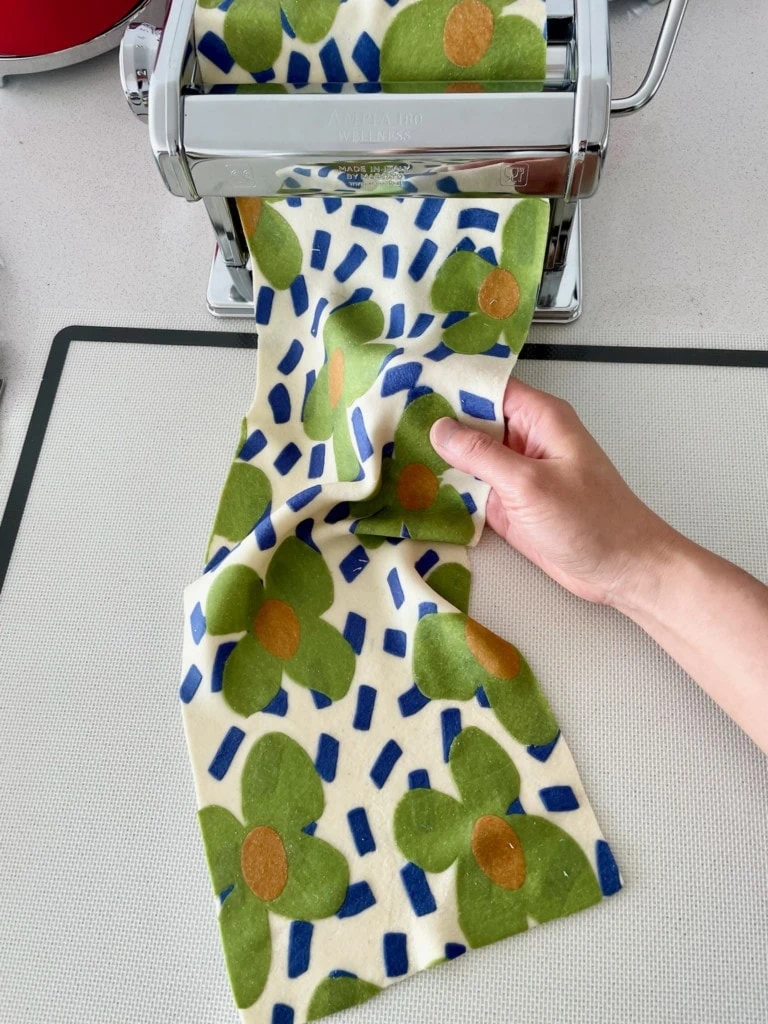
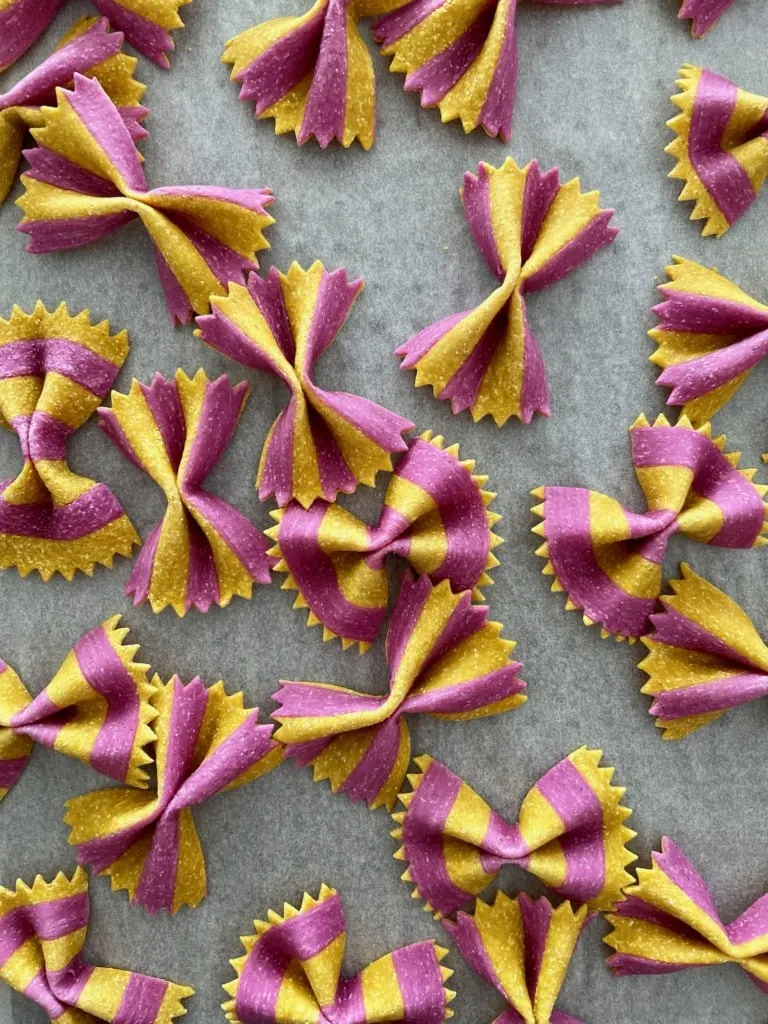
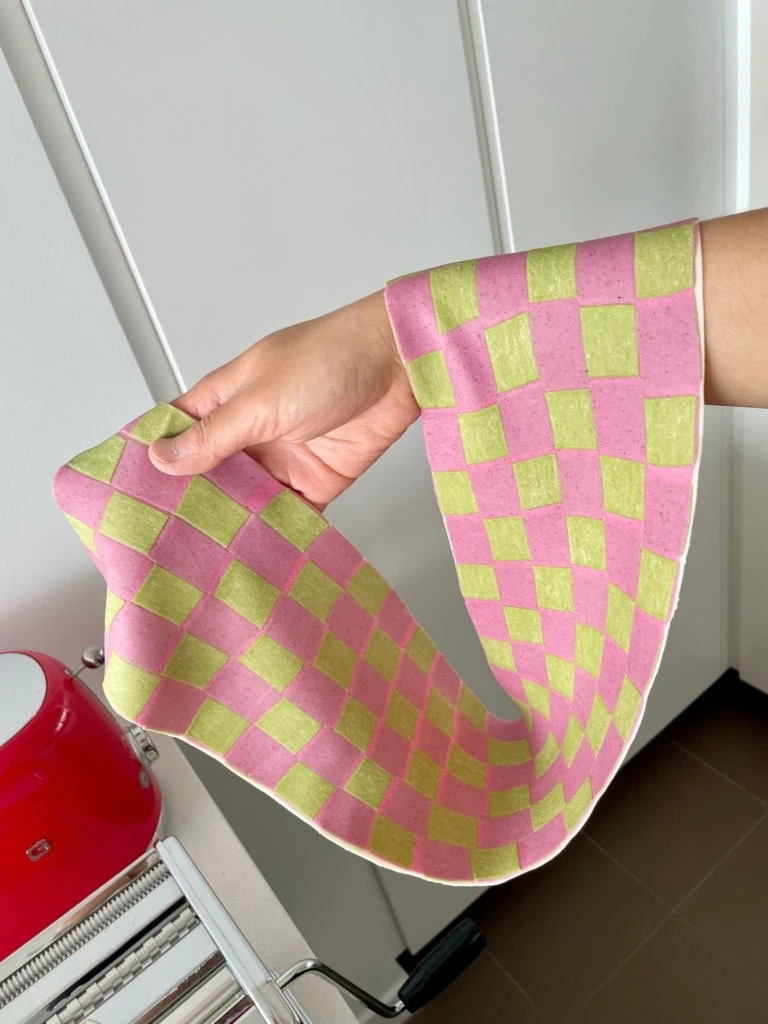
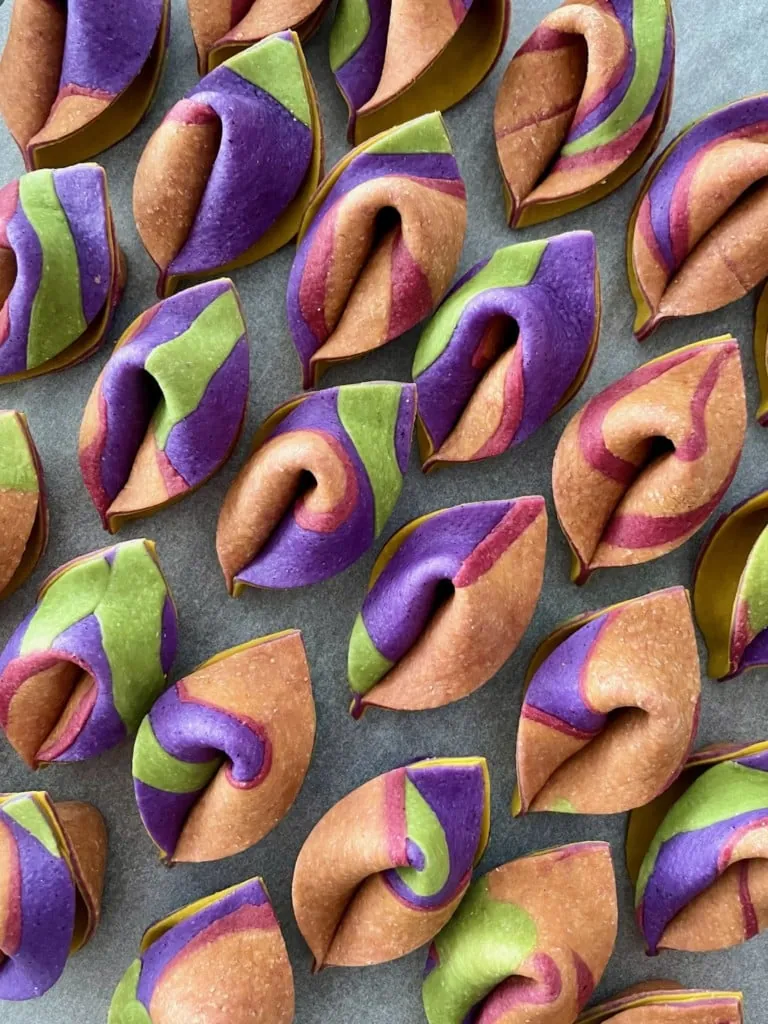
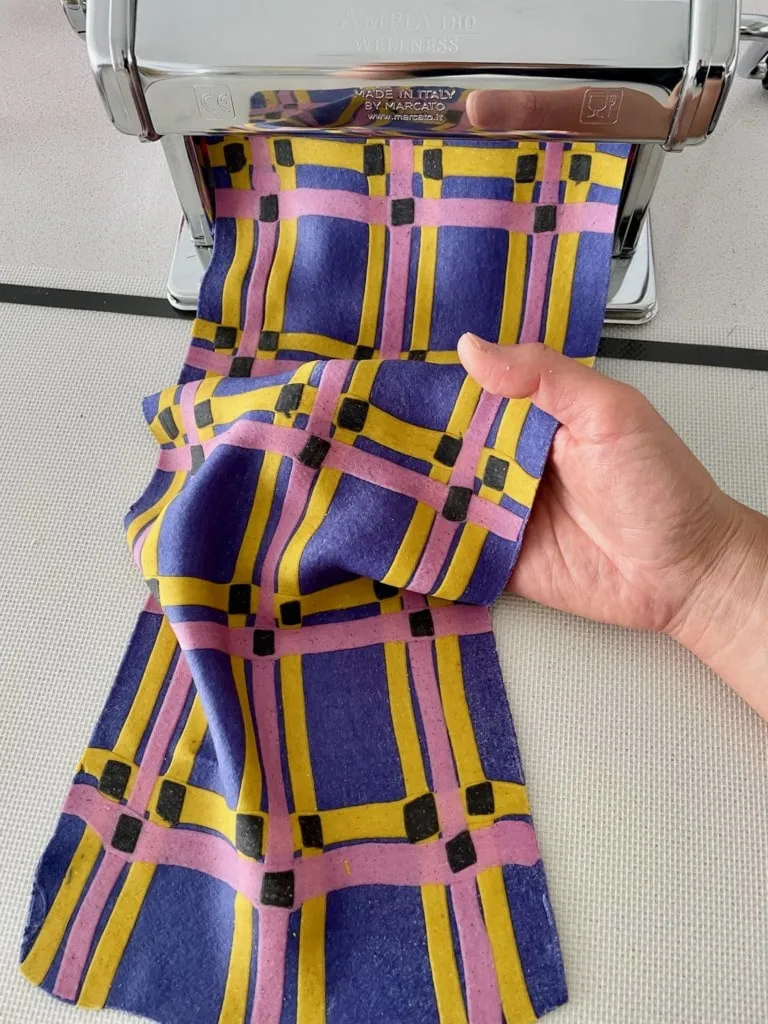
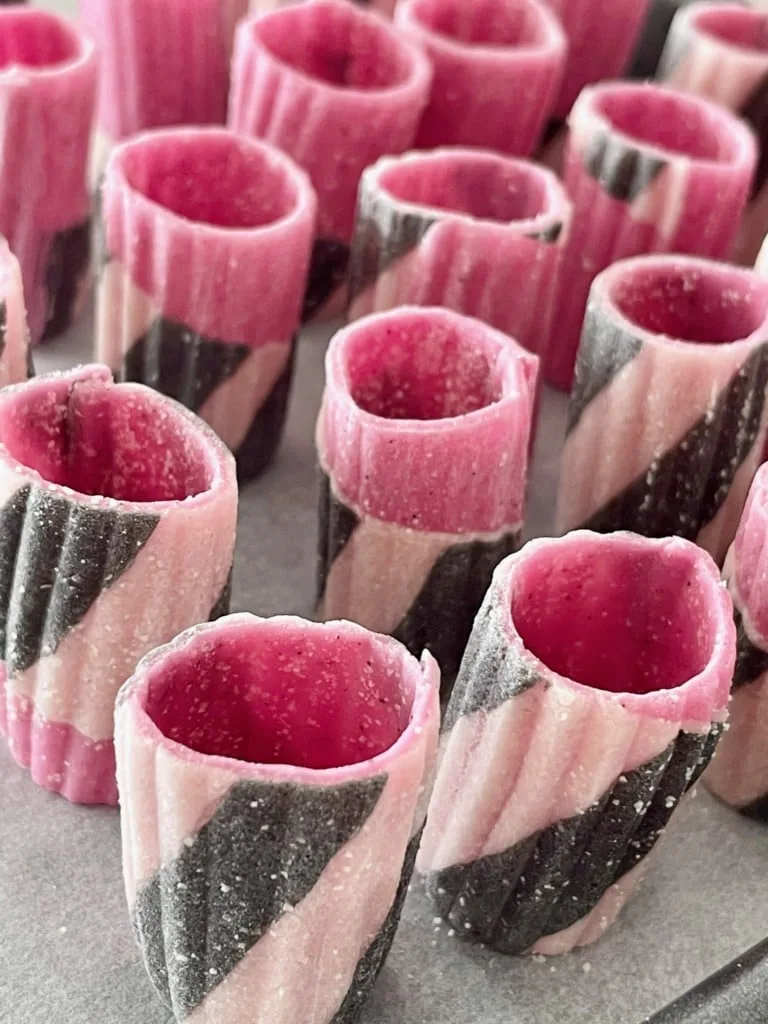
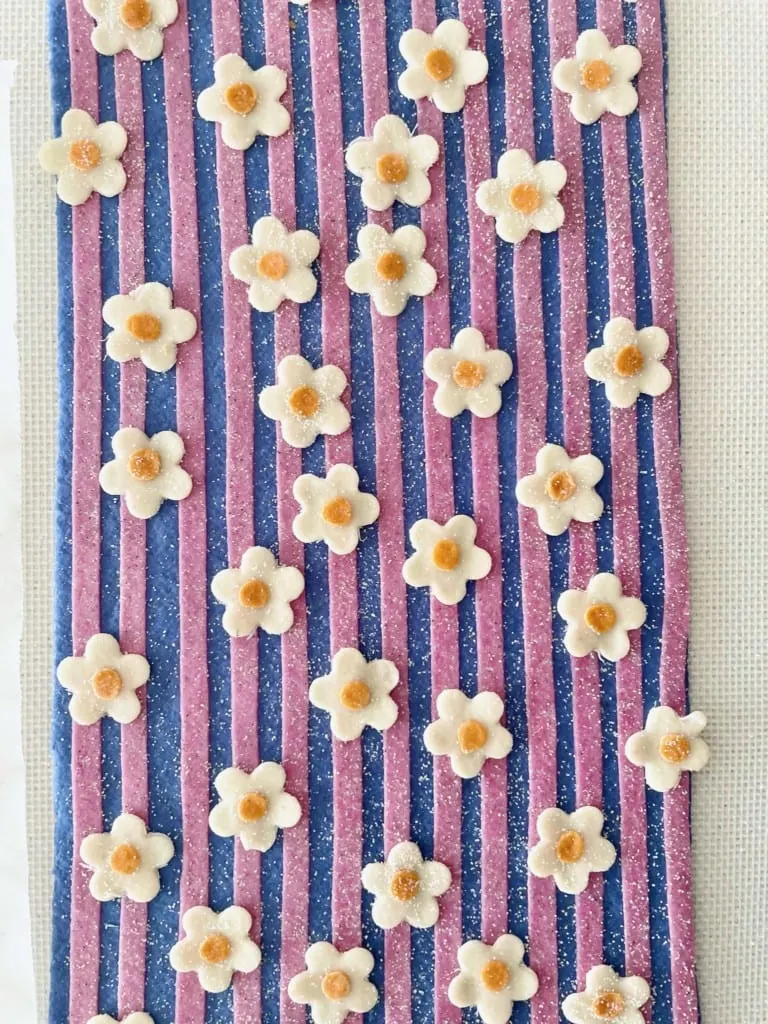
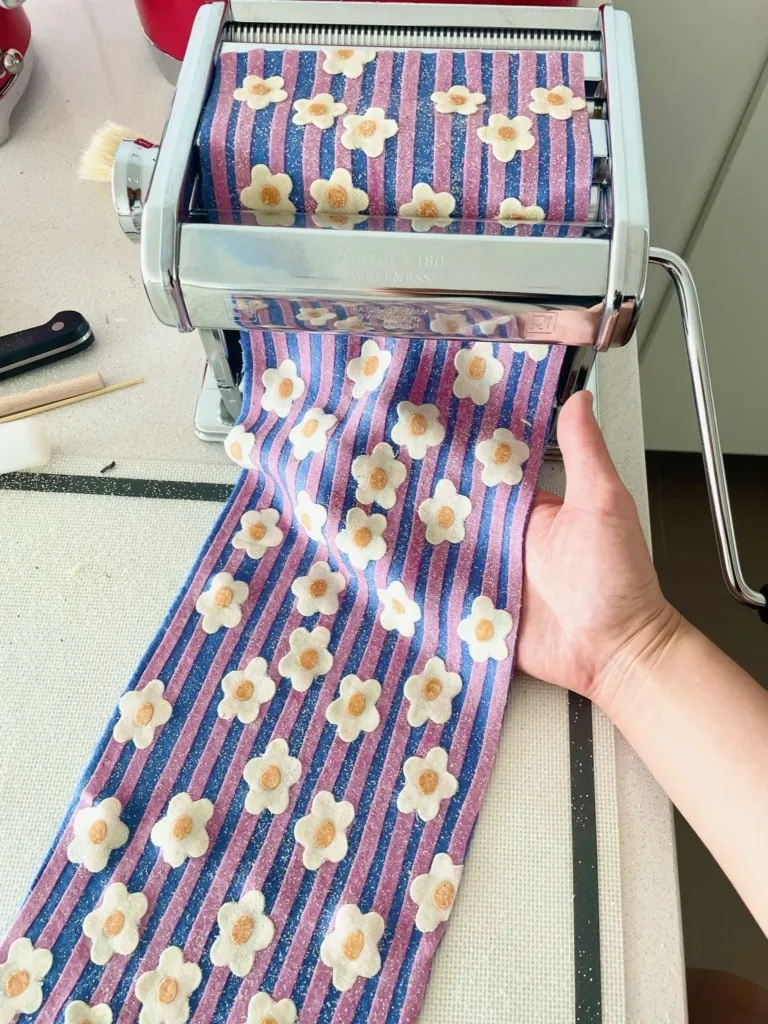
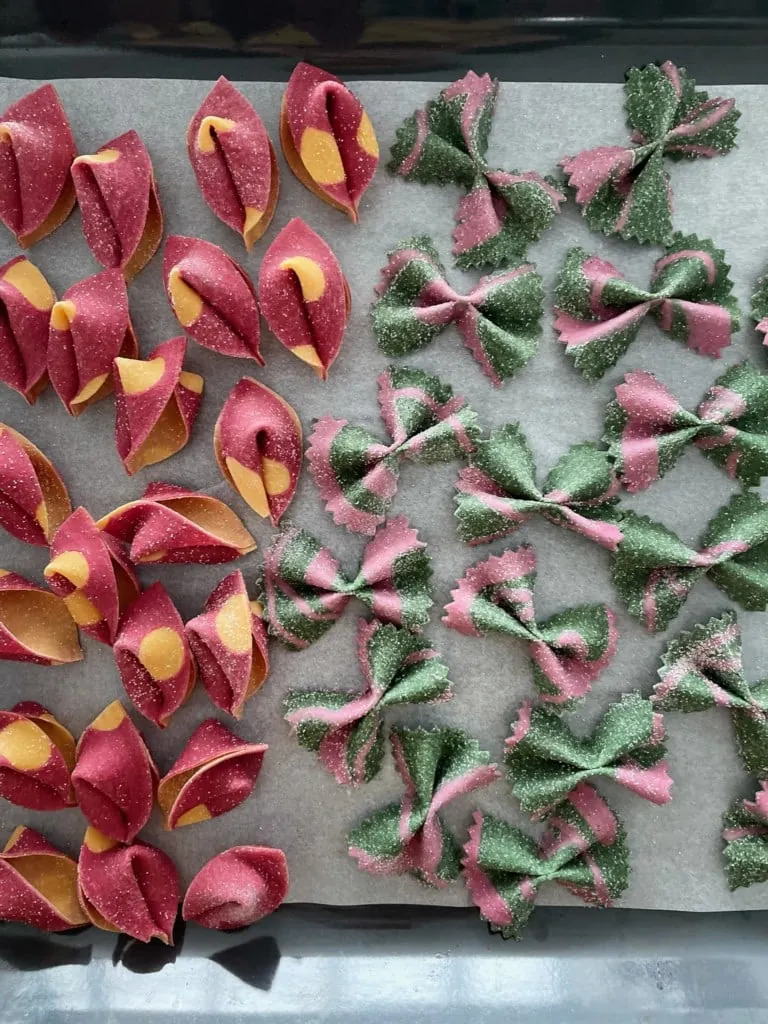
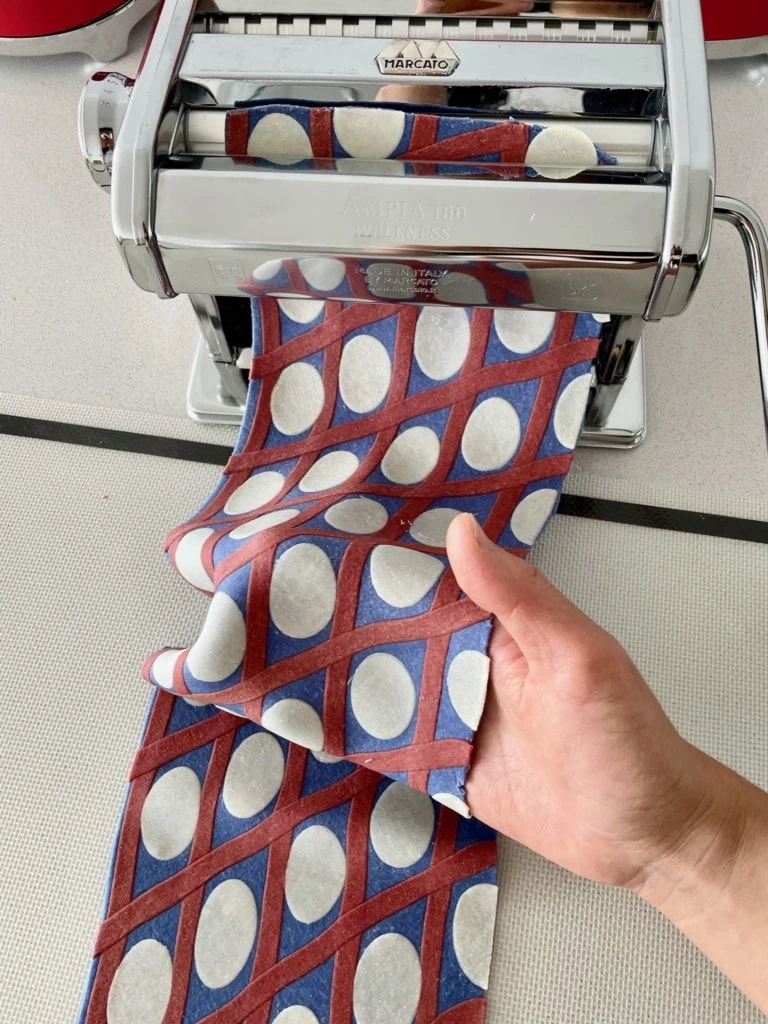
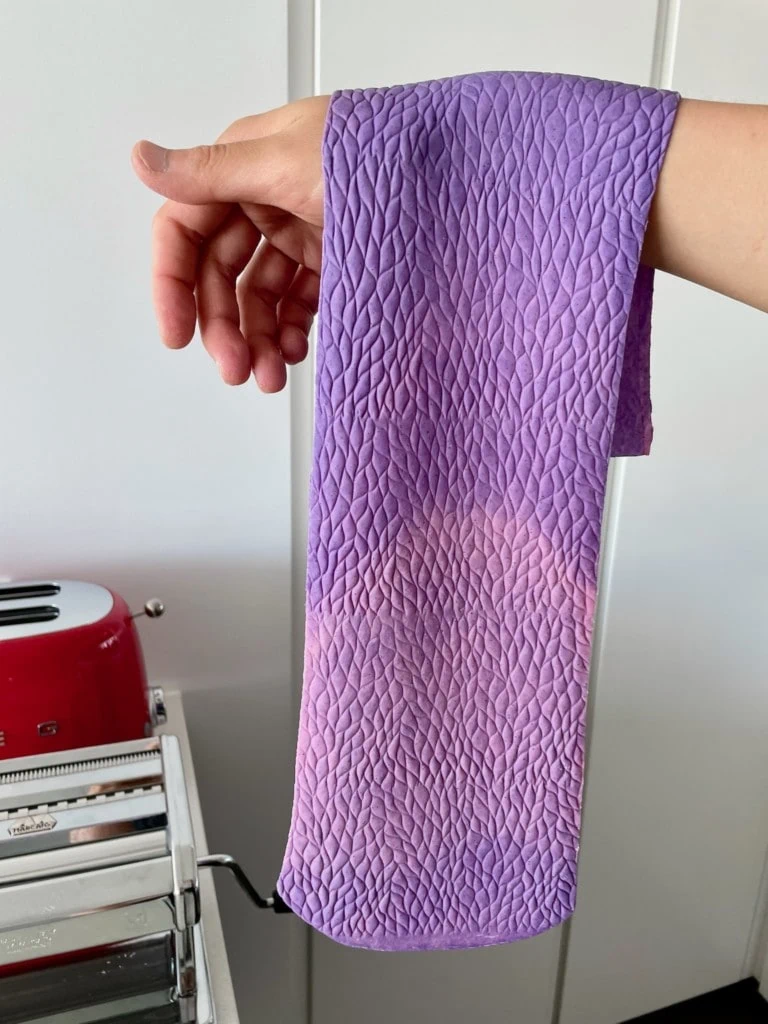
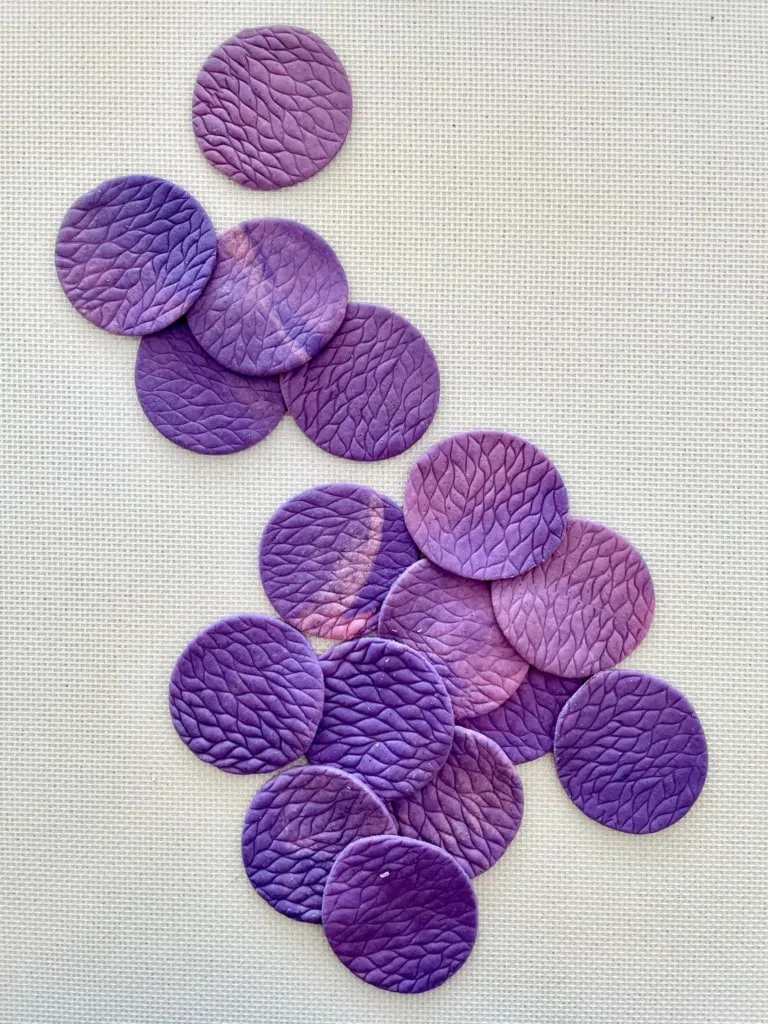
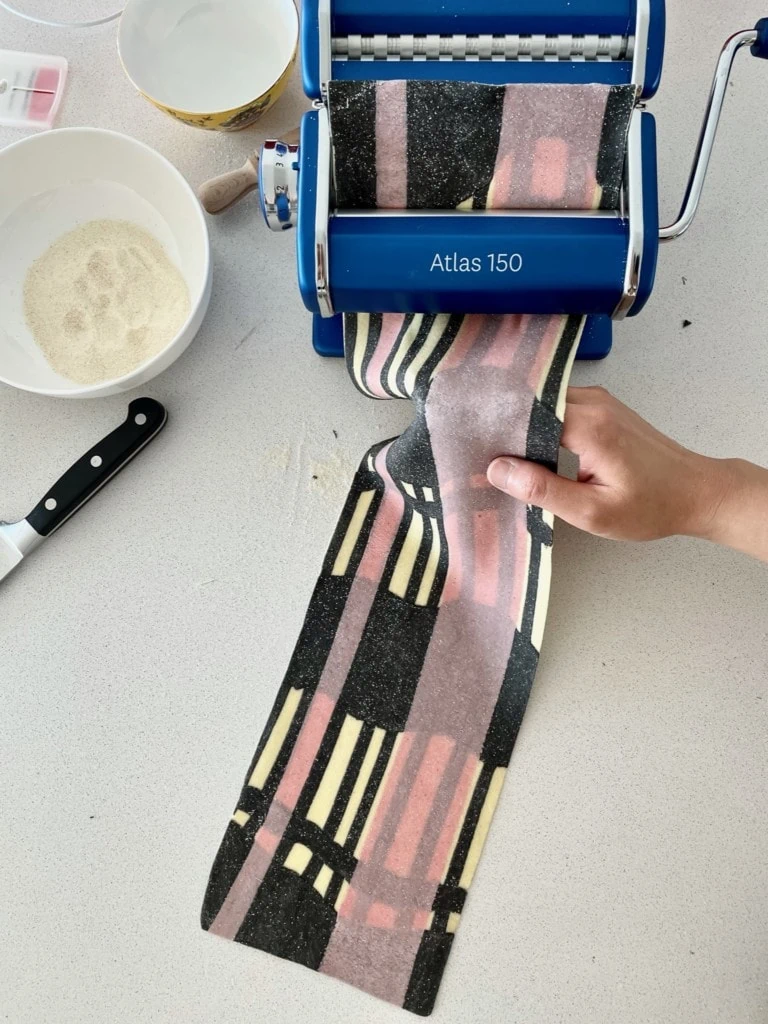
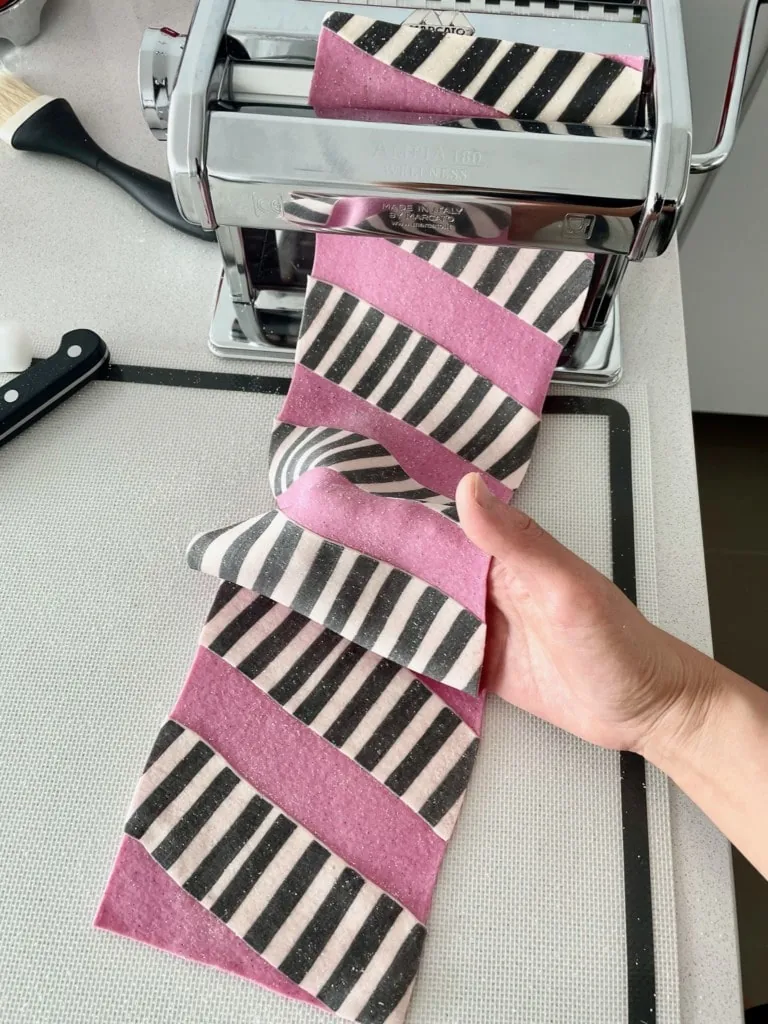
Comments